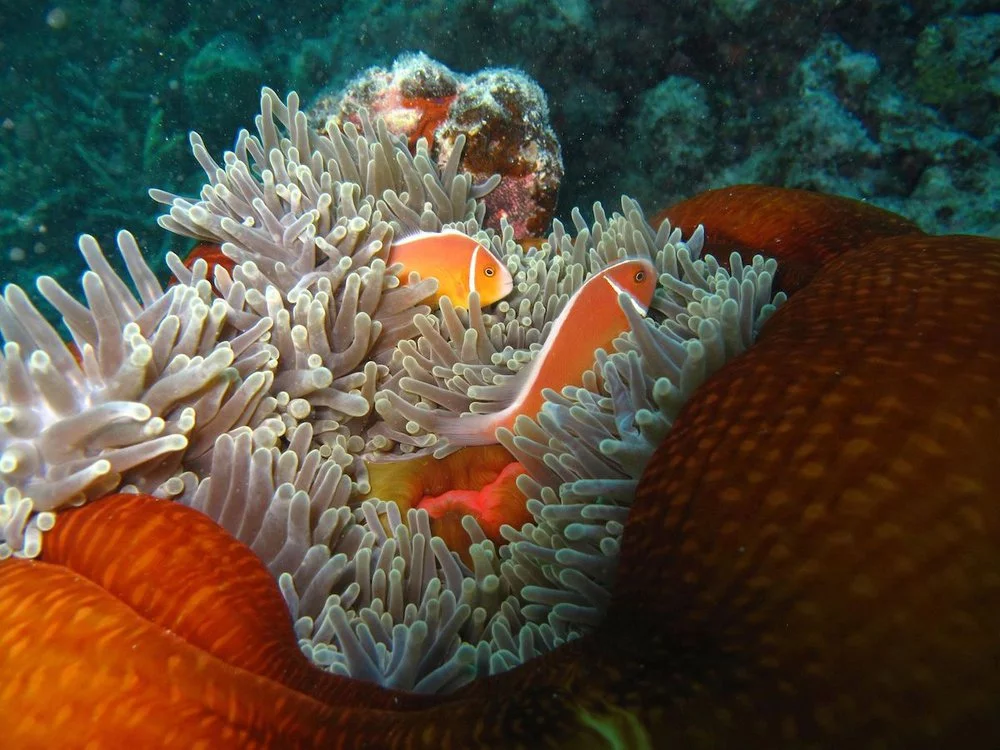Coral Reefs - Real Life Underwater Rainforests
Coral reefs are the most fascinating, beautiful and diverse marine ecosystems on Earth. They are important because they are the foundation of all life on Earth. The Great Barrier Reef is the only living organism that can be seen from outer space. Viewing it from space would be extraordinary but sailing with Wings Sailing Charters Whitsundays means you can have a private and unique interaction with some of the most vibrant coral reefs while you snorkel around the Whitsundays Islands.
Coral reefs can be enormous, but they are not just one creature. Coral is made up of lots of tiny organisms called coral polyps. Coral polyps work systematically delivering nutrients to each other via connecting tissues. Pretty amazing work for little fellows huh! Coral colonies can be either dioicous (have eggs and sperm) or hermaphroditic (they can change sex) and can also reproduce asexually through fragmentation and reattachment. This makes them very fragile and susceptible to human activities so you should not touch or step on the corals.
The rate that corals can grow depends on the micro algae living within the coral tissues. These micro algae have a symbiotic – mutually helpful -- relationship with coral polyp colonies, and together they make up a coral reef structure.
There is a variety of different kinds of coral on the Great Barrier Reef, this includes hundreds of species of both hexacorals (hard corals) and octocorals (soft corals). The grooved brain coral (pictured below) looks exactly like its name! Like most shallow-water corals, brain corals have symbiotic algae living within their cells, providing the corals with energy that they make via photosynthesis.
Coral reef ecosystems are globally important and have a wide range of ecological, economic and cultural values. Coral reefs are major centers of marine biodiversity, providing essential homes for many hundreds of thousands of different species of microscopic organisms including vast numbers of bacteria, algae, invertebrates including sponges, corals, worms, molluscs, crustaceans and fish and vertebrate animals as well. So be sure to get up close to a coral and look out for little creatures of the sea like the Marine Flat Worm or a colourful Nudibranch that call corals home. You can do this with Wings Whitsundays Adventures, so perhaps we’ll see you there!

